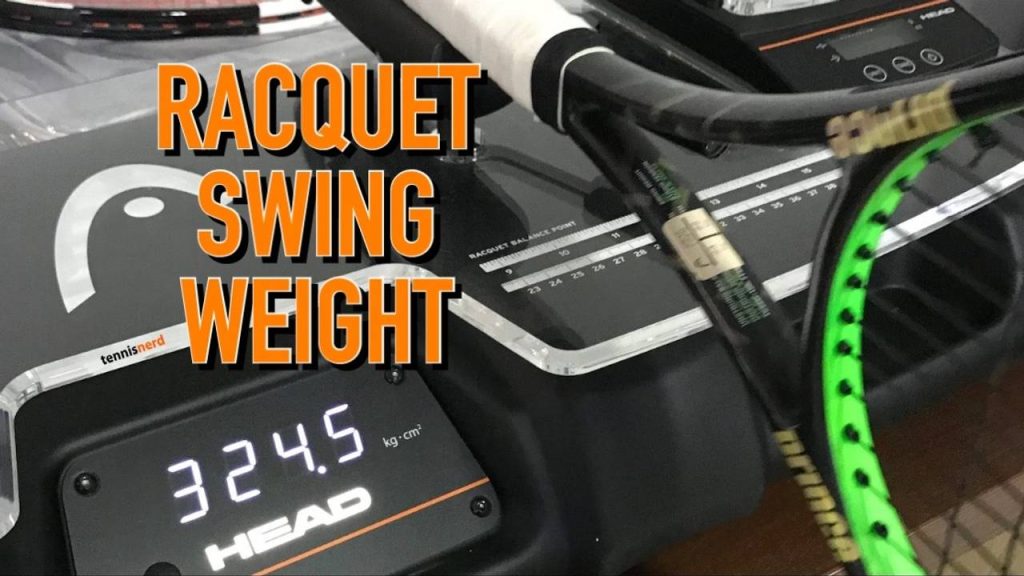Swingweight is a measurement of a racquet’s resistance to being rotated about an axis going through your hand.
A low swing weight makes it easy for the player to swing the racquet (maneuverable). But it also makes it easy for the ball to move the racquet, resulting in loss of power. (This definition is straight from TWU.)
In short, swing weight describes how heavy the racquet feels to swing. The unit of measurement is kilogram centimeter squared (kg-cm2), but it’s often referred to simply as swingweight units.
Unstrung swing weight: Swing weight measures how heavy the racquet is to swing. This is difficult to measure, but there are specialized machines for it.
Strung swing weight: The strung swing weight is generally the unstrung swing weight + 30 pts. This also depends on the weight/thickness of the strings.
The swing weight is actually more important than the static weight, but is rarely listed by the manufacturers. However, on sites like Tennis Warehouse, you can always find the average swing weight.
Swing weight = Power. The general approach: the more weight in the head of a racquet, the heavier the racquet is to swing and the higher the power level and stability. The downside of a high swing weight is a lack of maneuverability.
You can customize weight and swing weight using lead tape. Anything you add to the racquet affects the weight. Adding it to the grip, like an overgrip, affects weight and balance but not swing weight. Adding it to the racquet head, like a dampener or lead tape, will increase the weight and swing weight.
To give you an idea of how you can affect weight: two grams at 12 o’clock on the racquet can affect the swing weight by 10 pts!
Swing weight per level (strung)
These are not written in stone, but general guidelines.
Beginners: 290-310 SW
Intermediate: 310-325 SW
Advanced: 320-340 SW

